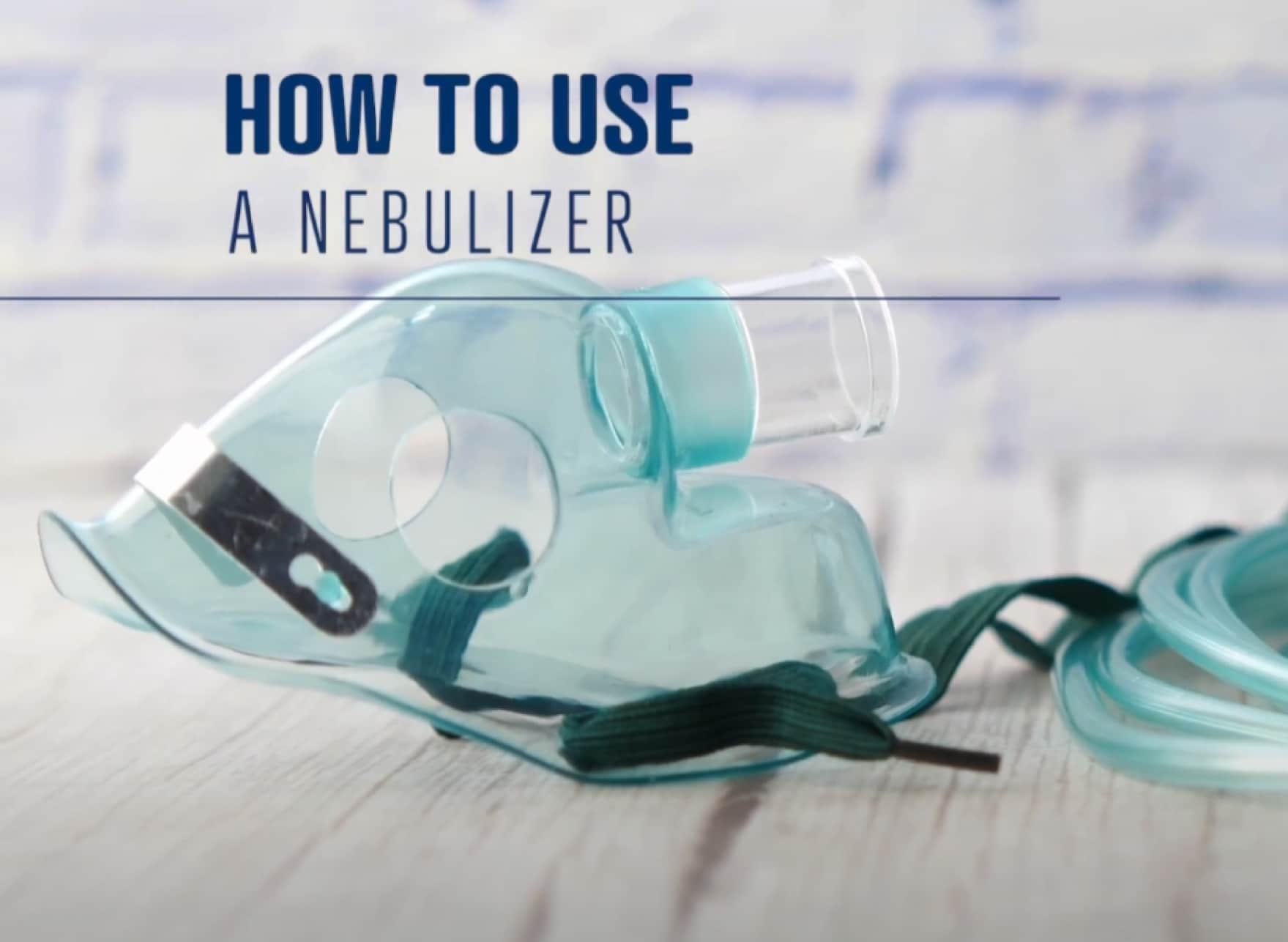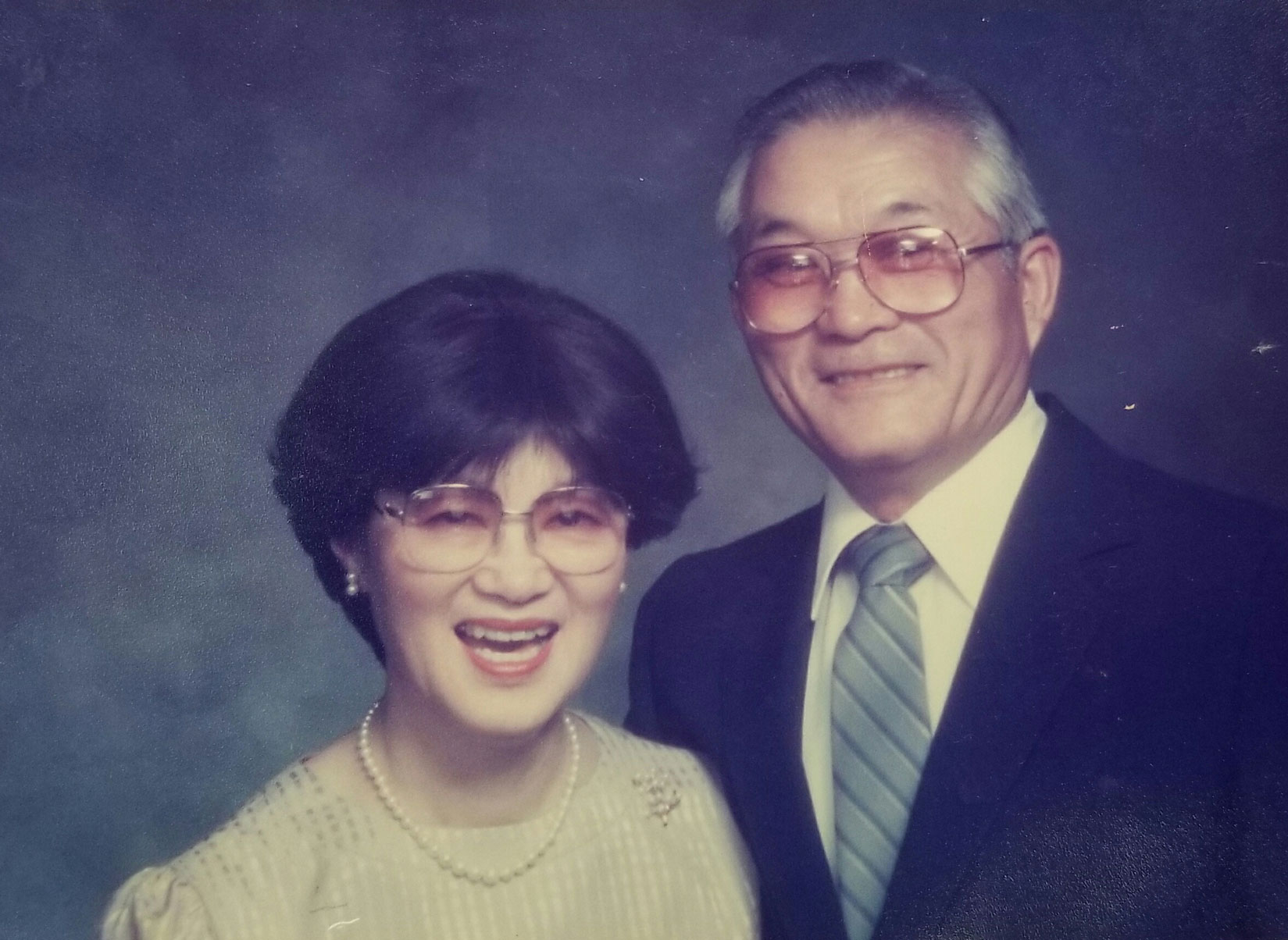Transcending Memories: The Role Of Music Therapy In Hospice
Patients & Families
(To protect patient confidentiality, names and details in this story have been changed or omitted.)
Ana does not speak but watches as her daughter brushes her hair. Her eyes, at times, follow her daughter, Rosa’s hands. Ana is a non-verbal Alzheimer’s patient on hospice. Rosa desperately looks into her mother’s eyes, looking for a sign that she is aware of what’s going on. Nothing helps. Rosa hugs and touches her mom, but she feels like there is a missing piece. Or maybe it is hidden.

The next week, he brought his guitar. As soon as he walked in, he greeted Ana.
“I’m going to sing Amor Eterno,” he said.
Ana screamed and laughed. “She was so emotional about it. Her eyes were so emotional. She was screaming with joy,” Ortiz said.
Caring for a non-verbal Alzheimer’s patient on hospice can be especially painful for their children. Throughout their lives, their parents have been there. Communication has been consistent. The parent’s ability to speak declines and the person who raised them feels distant or almost gone.
“The song became a way for them to connect. Music touches the heart of patients and families to allow them to interact, even though they may not be able to with words. It reminds them of a memory, of a sound, and gives them access to that memory,” said Ortiz.
Ortiz knows they may not be able to say it with words, but through their eyes and smiles, especially, he knows they are present and enjoying the moment. Ortiz has been a chaplain for over eleven years, and he believes in music therapy for his patients. He has countless stories about his music and its effect on his patients.
It is not a new phenomenon. According to one study by Joke Bradt and Cheryl Dileo, it is being regarded as the most popular form of therapy for many who are in end-of-life care. (1)
In 2011, a video of Henry Dryer, a 92-year-old patient at a nursing home facility, went viral.(2) A man who could not recognize his daughter became animated when headphones were placed on him. In the clip, you can see the drastic change that happens. It is instantaneous, and it tugs at your emotions.
“I guess Cab Calloway was my number one band guy,” said Dryer in the clip. Music “gives me the feeling of love,” Dryer said.
Like magic, his eyes light up, and he begins to speak. Dryer became the inspiration for an award-winning documentary, directed by Michael Rossato-Bennett. The documentary also followed Dan Cohen, who founded Music and Memory. The non-profit provides personalized iPods to patients in nursing homes or other types of care facilities to engage them.
According to a study completed by Cynthia S Peng, Kelly Baxter, and Kate M Lally in 2019, titled “Music Intervention as a Tool in Improving Patient Experience in Palliative Care,” music therapy can be beneficial for more than just memory.(3) The study explains that it provides an extra layer of comfort for patients dealing with painful symptoms that overwhelm the patient and the family.
The study explains: “There were significant decreases in pain, anxiety, nausea, shortness of breath, and feelings of depression and significant increase in feelings of well-being.”
After no verbal communication, one can imagine what it is like, seeing a loved one smile again to the tune of their favorite music pieces. Ortiz once sang to a patient who lived with her husband. When they met, 20 years prior, it was in a church choir, and there was one song that they often sang to each other.
Ortiz sang ‘their song’ to the patient, and she looked at her husband for the duration of the song and even sang along for twenty seconds. There was a moment of connection between both, that transported them somewhere else.
Ortiz explains, “Through music, I have the greatest pleasure of seeing [my patients] express joy as they connect with my guitar notes. Music, for me, is the universal language of the soul, a language that is powerful enough to evoke feelings.”
Music can be more than just about the sounds. It can have a cultural impact, too, as witnessed at many memorial services, funerals, holidays such as day of the dead, and even motion pictures depicting that culture, like Disney Pixar’s motion picture “Coco.” It can be a time capsule that captures a specific moment, almost preserving memories and then reintroducing them to us when we are older. Ortiz explains that some of his non-verbal patients have been able to express a “thank you,” an “amen,” or a “that was so beautiful.”
The University of Utah Health also published another study on the effects of music in the brain.(4) They studied the impact of music therapy through an fMRI. It showed neurological changes that happened after personalized playlists were played for the listeners.
“After a period in which favorite musical selections were played, there were widespread increases in fMRI connectivity involving both corticocortical and corticocerebellar connections, particularly involving sensory and attentional networks,” claimed the study.
Of course, this is not a cure. “No one says playing music will be a cure for Alzheimer’s disease, but it might make the symptoms more manageable, decrease the cost of care and improve a patient’s quality of life,” said Jeff Anderson, MD, Ph.D., in the University’s press release.(5)
Music can be a silver lining for those who interact with our patients daily or have a loved one at home who might benefit from the practice. If we incorporate specialized playlists daily, we can further bond with those on hospice. In a way, we travel somewhere together, spiritually, to share this moment and experience.
“I am sure that a musical note can evoke a powerful memory in their hearts, that a million words will never be able to accomplish,” said Ortiz.
Sources:
1 Bradt, Joke, and Cheryl Dileo. “Music Therapy for End-of-Life Care.” The Cochrane Database of Systematic Reviews, U.S. National Library of Medicine, 20 Jan. 2010, pubmed.ncbi.nlm.nih.gov/20091619/.
2 “(Original) Man In Nursing Home Reacts To Hearing Music From His Era.” YouTube, uploaded by Music & Memory, 18 Nov. 2011, www.MusicandMemory.org.
3 Peng, Cynthia S., et al. “Music Intervention as a Tool in Improving Patient Experience in Palliative Care.” American Journal of Hospice and Palliative Medicine®, vol. 36, no. 1, 2018, pp. 45–49. Crossref, doi:10.1177/1049909118788643.
4 King, J. B., et al. “Increased Functional Connectivity After Listening to Favored Music in Adults With Alzheimer Dementia.” The Journal of Prevention of Alzheimer’s Disease, 2018. JPAD, doi:10.14283/jpad.2018.19.
5 Kish, Stacy W. “Music Activates Regions of the Brain Spared by Alzheimer’s Disease.” University of Utah Health [Salt Lake City, Utah], 27 Apr. 2018, healthcare.utah.edu/publicaffairs/news/2018/04/alzheimer.php.



